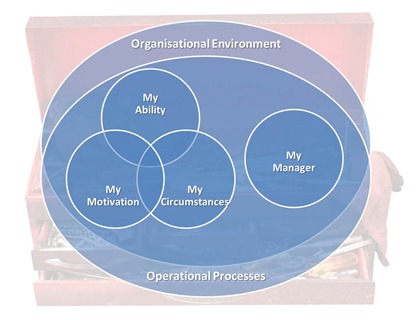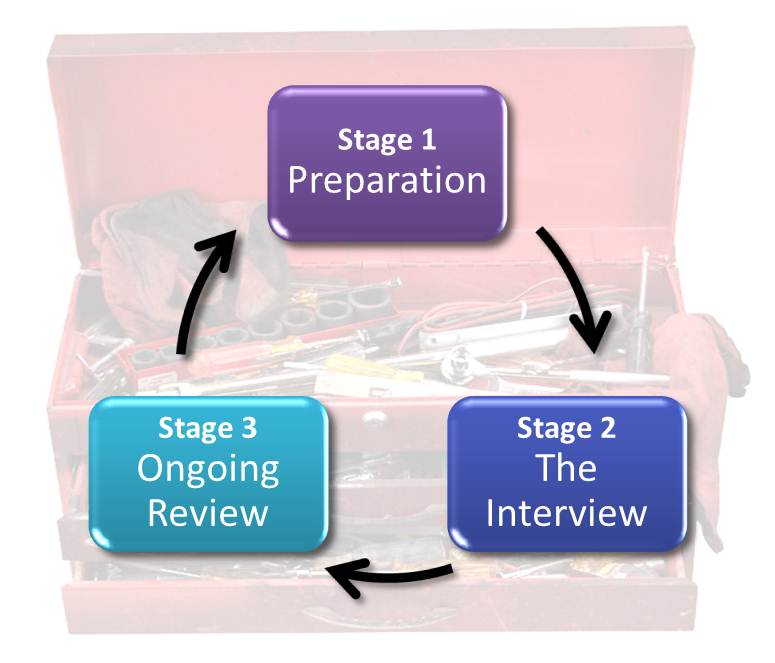Last week, we looked at the meaning of Performance Management. Many people perceive it as purely ‘dealing with poor performance’. It isn’t. Performance management focuses on creating good performance, but it must not shy away from dealing with situations where you or I under-perform in some way.
The solution must always start with the root of the problem: if you as a manager can work with me, as an under-performing staff member, to identify what is causing my poor performance, we have the basis to fix it in the most effective manner.
The Reasons for Poor Performance
In her Performance Management Pocketbook, Pam Jones gives six examples of common causes for poor performance:
- Personal ability
Can I do the task you are measuring me on? - Manager ability
Have you, in some way, let me down? - Process gap
Are our internal systems at fault? - Environmental forces
Has our organisation put barriers in my way? - Personal circumstances
Has my private life got in the way? - Motivation
How confident and enthusiastic am I?
One of the most crucial skills a manager can have is that of diagnosing the cause of any under-performance.
Diagnosis
So here is my list of the six techniques you need to hone, to allow you to discern the reasons for my under-performance.
- Observation
Being able to observe keenly what I am doing and how I interact with other people, equipment and processes - Understanding
Being able to understand the links between what people do and the results they get, within the processes for which you are responsible - Questioning
Being able to ask insightful questions that lead me and you to a deeper understanding - Listening
Being able to hear the answers I give and discern what I am trying to communicate - Challenge
Being able to challenge effectively my interpretation of events, to get at underlying truths - Respect
Being able to do all of this while demonstrating your respect for me, the organisation, and yourself, in equal measure.




